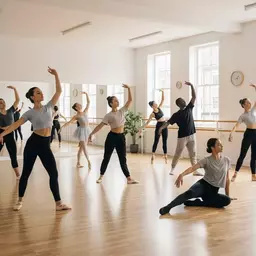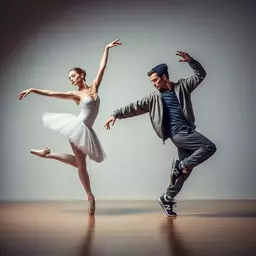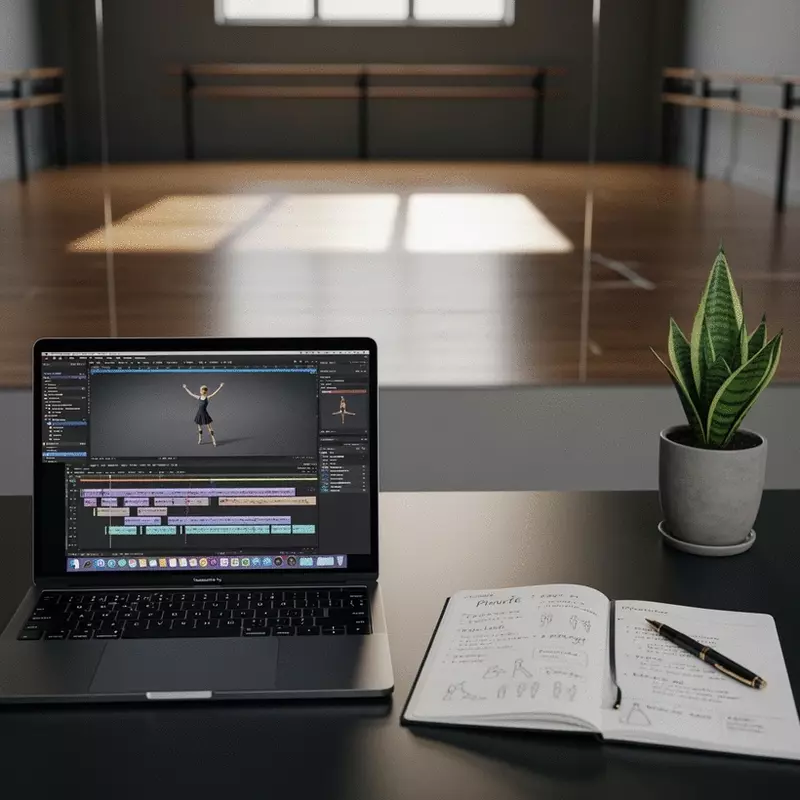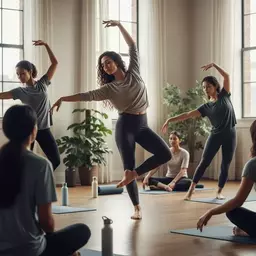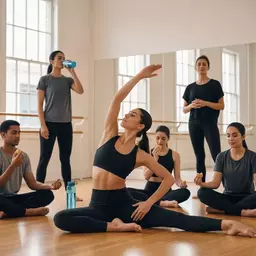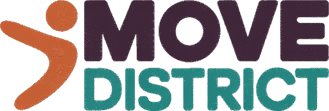Preventing Dance Injuries Guide
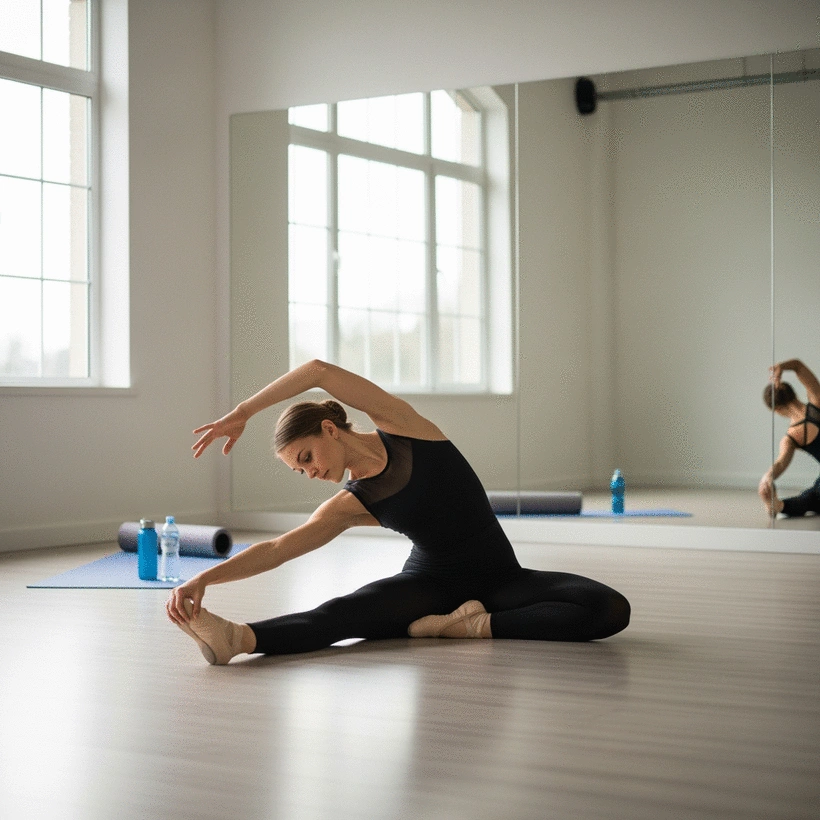
In a world where dance is an expression of art and passion, understanding how to protect this precious craft is essential. As injuries can derail our journey, learning effective prevention strategies is key to ensuring a long and fulfilling experience on the dance floor.
What You Will Learn
- Recognize common dance injuries such as sprains, stress fractures, and tendinitis to address them proactively.
- Identify specific risk factors for Australian dancers, including environmental conditions and footwear choices.
- Understand the importance of injury prevention for enhancing performance and mental well-being in dance.
- Implement effective strategies like warm-ups, strength training, and proper technique to safeguard against injuries.
- Engage with fellow dancers and instructors to foster a community approach to maintaining a safe dance environment.
- Utilize resources such as workshops and educational materials to stay informed about injury prevention and wellness practices.
Key Aspects of Dance Injury Prevention
Understanding and mitigating dance injuries involves recognizing common issues, identifying specific risk factors, and consistently implementing preventative measures. The visual below highlights these crucial areas. To dive deeper into how dancer wellness programs in Australia contribute to these efforts, explore dance wellness programs in Australia.
Common Dance Injuries
- Sprains & Strains (Ankle, Knee)
- Stress Fractures (Repetitive impact)
- Tendinitis (Overuse, inflammation)
- Shin Splints (Impact, footwear)
Risk Factors for Dancers
- Improper Technique & Training
- Environmental Factors (Surfaces)
- Suboptimal Footwear Choices
- Overtraining & Insufficient Rest
Key Prevention Strategies
- Warm-up & Cool-down Routines
- Proper Technique & Posture
- Strength & Conditioning
- Hydration & Nutrition
Understanding Dance Injuries and Their Impact on Australian Dancers
As a passionate dancer and educator, I know firsthand how injuries can affect our dance journey. Whether you're just starting out or have years of experience, understanding dance injuries is crucial. They can not only hinder your performance but also impact your mental well-being. In this section, we’ll explore common dance injuries, the risk factors specifically for Australian dancers, and why prevention should be a priority for all of us!

What Are Common Dance Injuries?
Injuries in dance can vary widely, but there are a few that often crop up. Here are some of the most common dance injuries:
- Sprains and Strains: Often affecting the ankle and knees, these injuries occur due to sudden movements or overstretching.
- Stress Fractures: A result of repetitive impact on bones, commonly seen in dancers who engage in high-intensity routines.
- Tendinitis: Inflammation of tendons, especially in the knees, ankles, and hips, often due to overuse.
- Shin Splints: Pain along the shins that occurs from sudden increases in activity or improper footwear.
Each injury can sideline you from the dance floor, making it essential to recognize these issues early. Have you ever experienced any of these? Understanding your body and its limits is the first step toward staying injury-free!
Injury Risk Factors for Australian Dancers
While dance is incredibly rewarding, it also comes with its risks. For us dancers in Australia, there are specific factors that can increase our chances of injury:
- Technique and Training: Insufficient training or improper technique can lead to injuries.
- Environmental Factors: Dance surfaces, weather conditions, and the availability of safe spaces can impact our safety.
- Footwear Choices: Wearing the wrong shoes can greatly increase the risk of injuries, particularly in styles like ballet and hip-hop.
- Overtraining: Pushing yourself too hard without adequate rest can lead to fatigue-related injuries.
Identifying these risk factors is an important step in injury prevention. As a community, we must work together to create a safe environment for all dancers. For more insights on how to maintain overall well-being, check out our dancer wellness tips for students.
Why Injury Prevention Matters for Dancers
Injury prevention is not just about avoiding pain; it's about enhancing our overall performance and enjoyment of dance. Here are some reasons why it should be a priority:
- Longevity in Dance: Preventing injuries helps us dance longer and enjoy our craft throughout our lives.
- Improved Performance: When we’re injury-free, we can focus on perfecting our techniques and expressing ourselves more fully in our movements.
- Mental Well-Being: A healthy dancer is a happy dancer! Avoiding injuries helps maintain our passion and enthusiasm for dance.
As we dive deeper into injury prevention later, remember that our goal at Move District is to nurture a vibrant and resilient dance community. Together, we can ensure that every dancer has the opportunity to thrive!
We Want to Hear From You!
What strategies do you find most effective for preventing injuries while dancing? Share your thoughts below:
Summary of Key Takeaways for Australian Dancers
As dancers, we often immerse ourselves in the rhythm and passion of movement, but it’s crucial to remember that injury prevention is just as important as perfecting our technique. By incorporating the following strategies into our routines, we can build a safer dance environment for ourselves and others.
- Prioritize warm-up and cool-down routines to prepare your body for dance.
- Master proper technique and maintain good posture to reduce the risk of injury.
- Listen to your body and recognize signs of overuse to avoid chronic issues.
- Choose the right footwear and attire that supports your movement.
- Engage in strength and conditioning exercises to enhance resilience.
- Stay hydrated and nourish your body with balanced meals.
- Create a safe dance environment with appropriate surfaces and supervision.
- Know when to seek professional help for injuries.
As we integrate these practices into our dance lives, we set ourselves up for not only physical safety but also mental well-being. I’ve seen firsthand how a proactive approach can boost confidence and creativity among dancers, enriching our community at Move District!
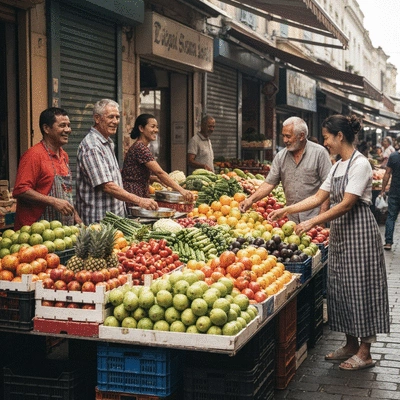
Integrating Injury Prevention Practices into Your Routine
Injury prevention isn’t a one-time effort; it’s an ongoing commitment. I encourage all dancers to create a personalized routine that includes warm-up exercises, strength training, and recovery techniques. As we adapt our practices, we can better safeguard our bodies and enhance our performance. Delving into mastering diverse dance styles also highlights the importance of tailored prevention for different movements.
- Set a regular schedule for warm-ups and cool-downs before and after dance sessions.
- Incorporate strength and conditioning exercises into your weekly training.
- Regularly assess your footwear and replace them as needed for optimal support.
- Maintain a hydration and nutrition plan that fuels your energy levels.
- Engage in open discussions with your instructors about techniques to ensure you’re practicing safely.
By actively implementing these strategies, we can foster a culture of safety that empowers our Australian dance community. Remember, every small step counts towards a healthier dance journey!
The Importance of Continuous Learning and Adaptation
As dancers, we know that our art is ever-evolving. To stay ahead of potential injuries, it’s vital to continuously learn about best practices and adapt them to our individual needs. Participating in workshops and engaging with experts can help us remain informed about the latest techniques and trends in dance safety.
- Attend regular workshops focused on injury prevention and dancer wellness.
- Read books and articles about dance techniques and rehabilitation.
- Follow reputable sources online that specialize in dance safety and injury prevention.
- Share knowledge and experiences with fellow dancers to create a supportive community.
By committing to lifelong learning, we not only protect ourselves but also contribute to the collective knowledge of our dance community. At Move District, we strive to provide valuable insights that encourage our dancers to keep progressing safely.
FAQs on Dance Injury Prevention
What are the most common dance injuries?
The most common dance injuries include sprains and strains (especially in ankles and knees), stress fractures from repetitive impact, tendinitis due to overuse, and shin splints often caused by increased activity or improper footwear.
What specific risk factors do Australian dancers face?
Australian dancers face risks such as insufficient training or improper technique, environmental factors like dance surfaces and weather, suboptimal footwear choices, and overtraining leading to fatigue-related injuries.
Why is injury prevention crucial for dancers?
Injury prevention is crucial for dancers to ensure longevity in their dance careers, improve performance by allowing them to focus on technique, and maintain mental well-being by avoiding the frustration and pain associated with injuries.
What key strategies can dancers use to prevent injuries?
Key prevention strategies include prioritizing warm-up and cool-down routines, mastering proper technique and posture, engaging in strength and conditioning, ensuring proper hydration and nutrition, and creating a safe dance environment.
How can the dance community contribute to safety?
The dance community can contribute to safety by fostering communication between dancers, instructors, and parents, sharing knowledge and experiences, organizing group classes focused on injury awareness, and participating in workshops for enhanced safety knowledge.
Encouraging a Community Approach to Dance Safety
Creating a culture of safety extends beyond the individual; it involves all of us! Involving parents, instructors, and fellow dancers in our safety efforts can make a significant impact. Together, we can cultivate a nurturing environment where everyone feels supported and capable of expressing themselves through dance.
How Parents and Instructors Can Support Dancers
Parents and instructors play a crucial role in fostering a safe dance environment. By working together, we can ensure that dancers receive the encouragement and guidance they need to thrive.
- Educate parents about injury prevention practices to promote awareness.
- Encourage instructors to provide ongoing feedback on technique and posture.
- Host information sessions on dancer wellness and injury prevention strategies.
- Build a supportive community where dancers feel comfortable discussing their experiences.
When parents and instructors are aligned in their goals, dancers can flourish, both physically and mentally. This collaboration strengthens the bonds within our dance community.
Engaging with Fellow Dancers for Shared Experiences
There’s power in community! Engaging with fellow dancers allows us to share experiences and learn from one another. I’ve found that open conversations often lead to discovering new techniques or tips that we may not have considered before.
- Participate in group discussions about challenges faced during practice.
- Share personal success stories regarding injury recovery and prevention.
- Organize group classes that focus on injury awareness and safe practices.
By fostering these connections, we can create a vibrant atmosphere where knowledge flows freely, and everyone feels uplifted. Together, we can elevate our dance practices while keeping safety at the forefront!
Participating in Dance Workshops for Enhanced Safety Knowledge
Workshops focused on injury prevention and dancer wellness are invaluable resources. They not only provide essential information but also connect us with experts in the field.
- Seek out workshops that cover injury prevention techniques and recovery.
- Engage with professionals who can demonstrate safe practices during classes.
- Network with other dancers to share insights gained from workshops.
At Move District, we believe that ongoing education is key to nurturing a thriving dance community. Let’s take advantage of these opportunities to learn, grow, and support one another!
Take Action: Implementing Your Injury Prevention Plan
It’s time to take action! Implementing an injury prevention plan is about being proactive and attentive to our bodies. By creating a clear strategy, we can significantly reduce our chances of encountering injuries.
Creating a Personalized Injury Prevention Checklist
Having a personalized checklist can help streamline your injury prevention efforts. Here’s a simple outline to get you started:
- Daily warm-up and cool-down routines
- Regular strength and conditioning exercises
- Footwear inspections and replacements
- Hydration and nutrition tracking
- Communication with instructors about technique feedback
By maintaining this checklist, you’ll cultivate a habit of safety that benefits your overall dance experience!
Resources for Ongoing Education and Support
Never underestimate the value of resources available to you. Many organizations offer valuable support and information for dancers.
- Join local dance associations for access to workshops and expert advice.
- Follow online platforms that focus on dancer wellness and injury prevention.
- Participate in community forums where dancers share knowledge and experiences.
Staying connected to these resources ensures that we continually learn and adapt our practices for the best possible results!
Exploring Dance Associations and Their Role in Safety Advocacy
Dance associations play a vital role in promoting safety and best practices within the community. By engaging with these organizations, we can leverage their expertise to enhance our own understanding of injury prevention.
- Research local and national dance associations that provide educational resources.
- Attend events hosted by these organizations to expand your network.
- Advocate for safety initiatives within your own dance community.
By collaborating with dance associations, we can create a stronger, safer environment for all dancers. Let’s work together to support each other and promote our shared passion for dance!
Recap of Key Points
Here is a quick recap of the important points discussed in the article:
- Prioritize warm-up and cool-down routines to prepare your body for dance.
- Master proper technique and maintain good posture to reduce the risk of injury.
- Listen to your body and recognize signs of overuse to avoid chronic issues.
- Choose the right footwear and attire that supports your movement.
- Engage in strength and conditioning exercises to enhance resilience.
- Stay hydrated and nourish your body with balanced meals.
- Create a safe dance environment with appropriate surfaces and supervision.
- Know when to seek professional help for injuries.

